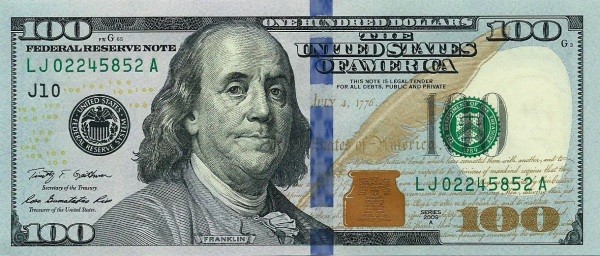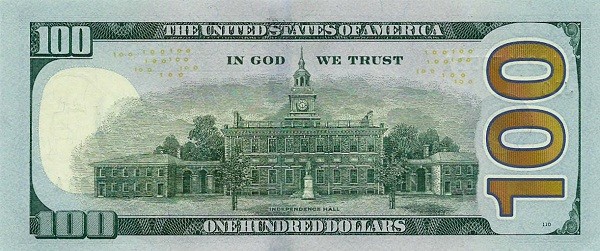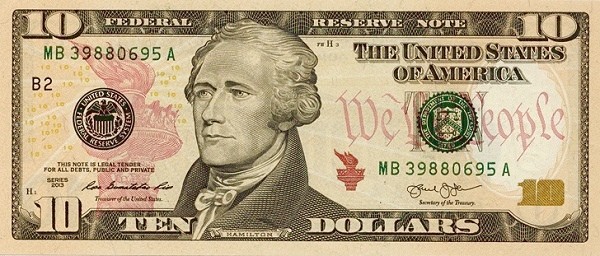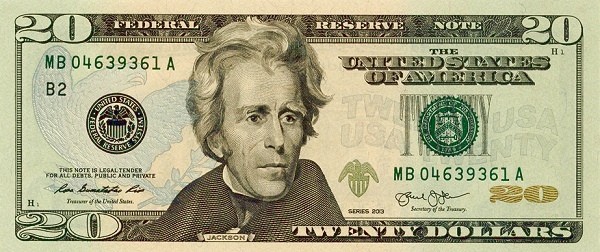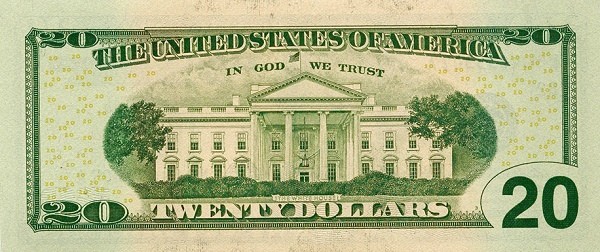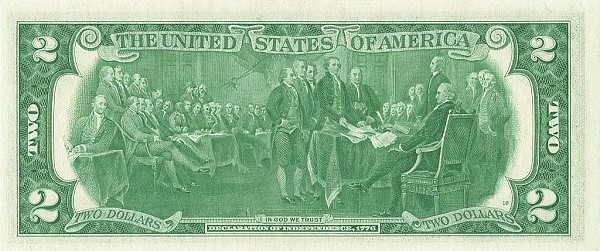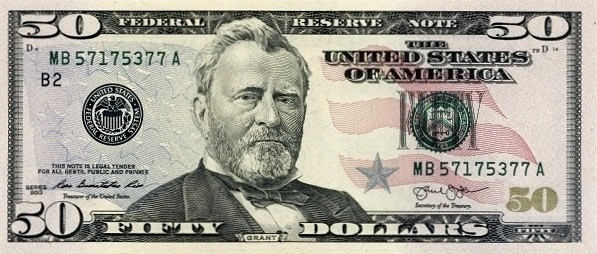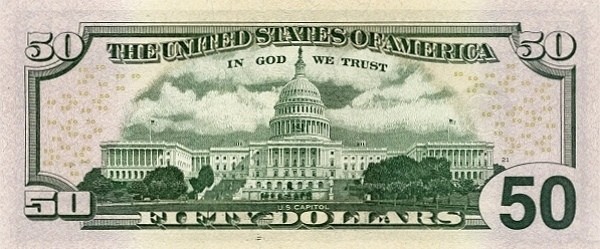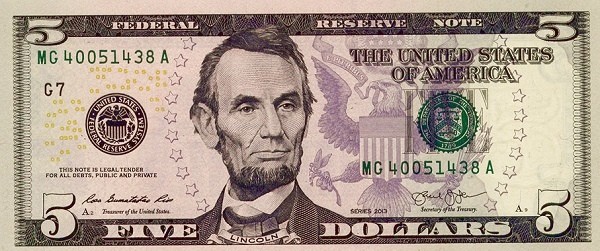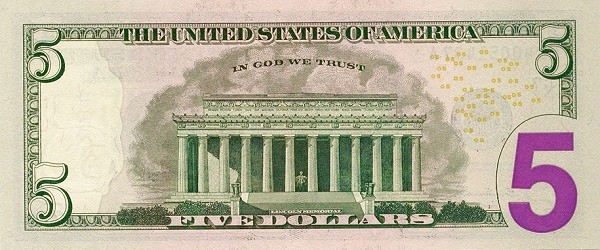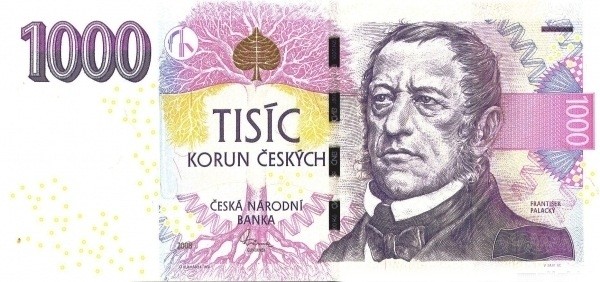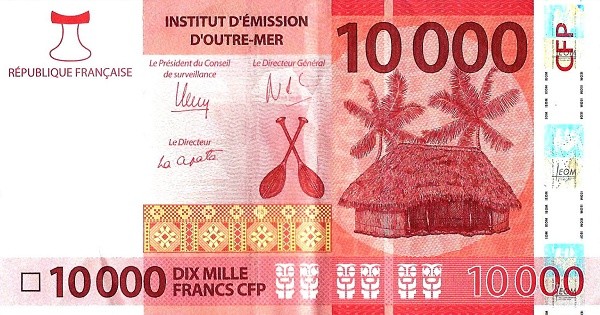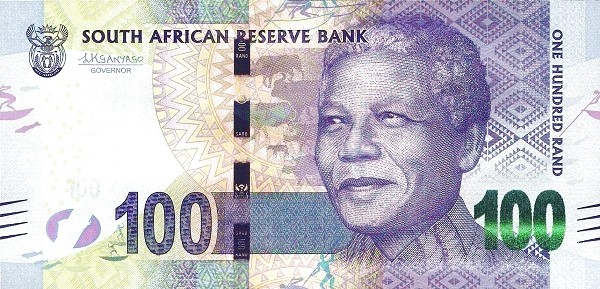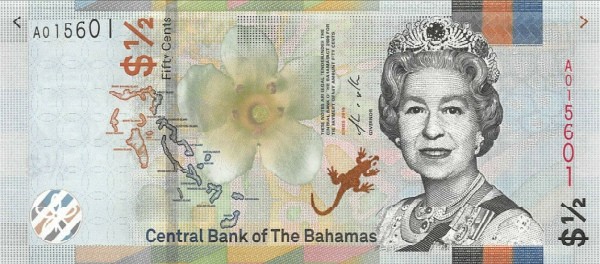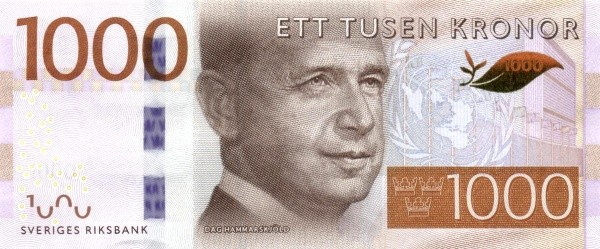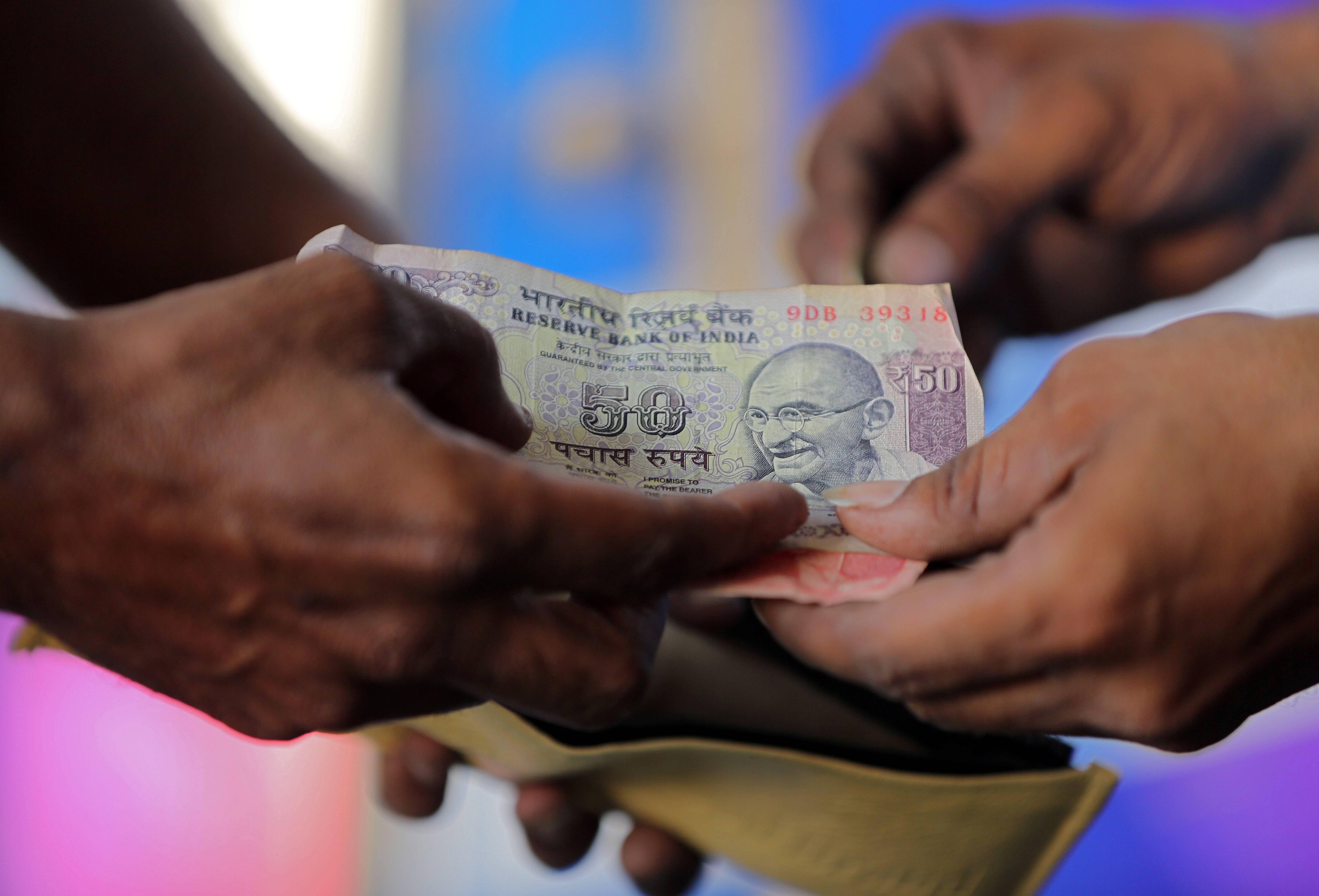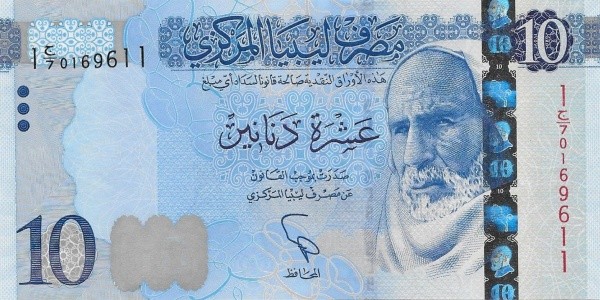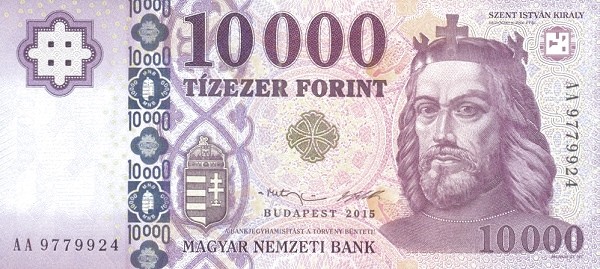US Dollar
The US Dollar is the currency of the United States of America and several other countries and territories. It is also the most widely used currency in international trade and finance, and the main reserve currency of the world. Here is a brief introduction of the US Dollar:
The US Dollar was officially adopted as the money unit of the United States in 1785, after the American Revolution1. The Coinage Act of 1792 established the first US Mint and created the federal monetary system, as well as set the denominations for coins in dollars and cents. The US Dollar was originally based on the Spanish silver dollar, which was widely circulated in the Americas at that time1. The US Dollar was divided into 100 cents, and each cent was further divided into 10 mills. The US Dollar had its own set of coins, which featured the image of the presidents, the national symbols, and the motto "In God We Trust".
The US Dollar also had its own set of paper money, which were issued by the US Treasury and the Federal Reserve System, the central bank of the United States. The paper money, also known as Federal Reserve Notes, were popularly called greenbacks because of their green color. The paper money had different denominations, ranging from $1 to $100,0001. The paper money also featured the portrait of the presidents, the national monuments, and the phrase "This note is legal tender for all debts, public and private".
The US Dollar was originally defined by a bimetallic standard, meaning that it was backed by both gold and silver. However, this system was gradually abandoned in favor of a gold standard, and then a fiat system, meaning that the US Dollar was not backed by any physical commodity, but by the faith and credit of the government1. The US Dollar was also affected by various economic events, such as the Great Depression, the World Wars, the Bretton Woods Agreement, the Nixon Shock, and the Global Financial Crisis. These events influenced the value, stability, and role of the US Dollar in the global economy.
The US Dollar is currently the most dominant currency in the world, and is used as the official currency or the de facto currency in many countries and regions, such as Panama, Ecuador, El Salvador, Puerto Rico, Guam, and the British Virgin Islands. The US Dollar is also pegged or linked to the currencies of many other countries, such as Hong Kong, Saudi Arabia, Bahrain, and Qatar. The US Dollar is also the most traded currency in the foreign exchange market, and the most held currency in the foreign exchange reserves. The US Dollar is also used as the standard unit of measurement for many commodities, such as oil, gold, and wheat.
The US Dollar is a symbol of the United States’ economic and political power, as well as its cultural and historical influence. The US Dollar is also a symbol of freedom, democracy, and opportunity for many people around the world. The US Dollar is often referred to by various nicknames, such as the buck, the greenback, the dough, the smacker, the bone, the dead president, and the eagle. The US Dollar is also represented by various signs and codes, such as ,US, U$, USD, and 840.
Below is the related paper currencies in US Dollar.
